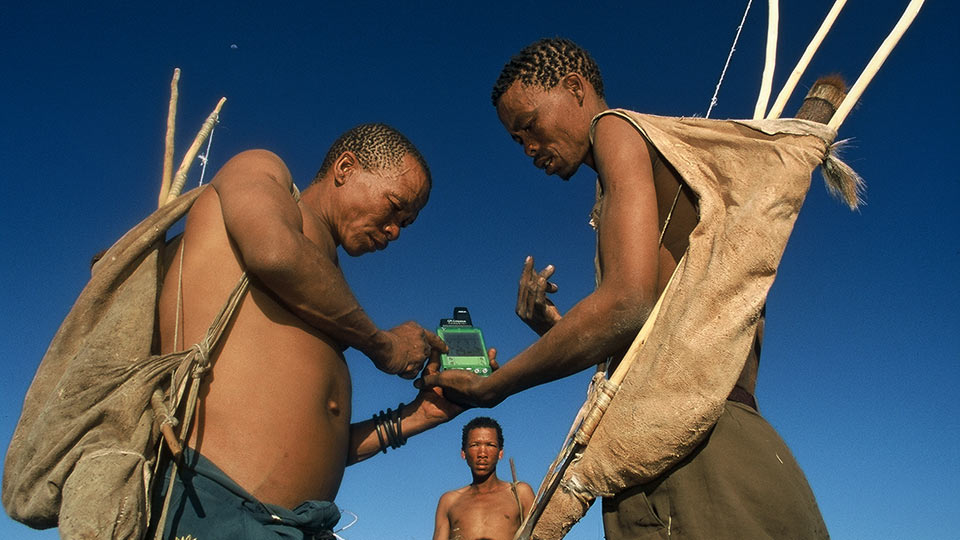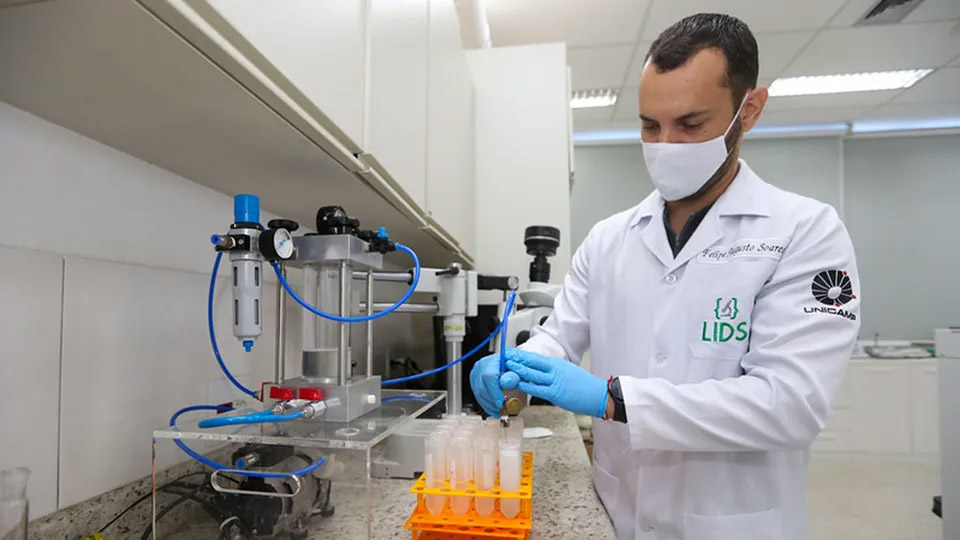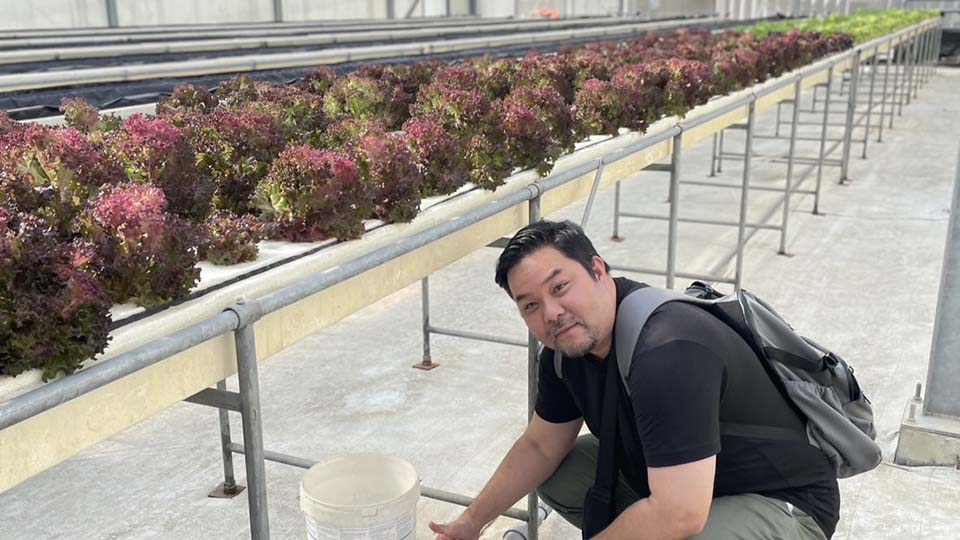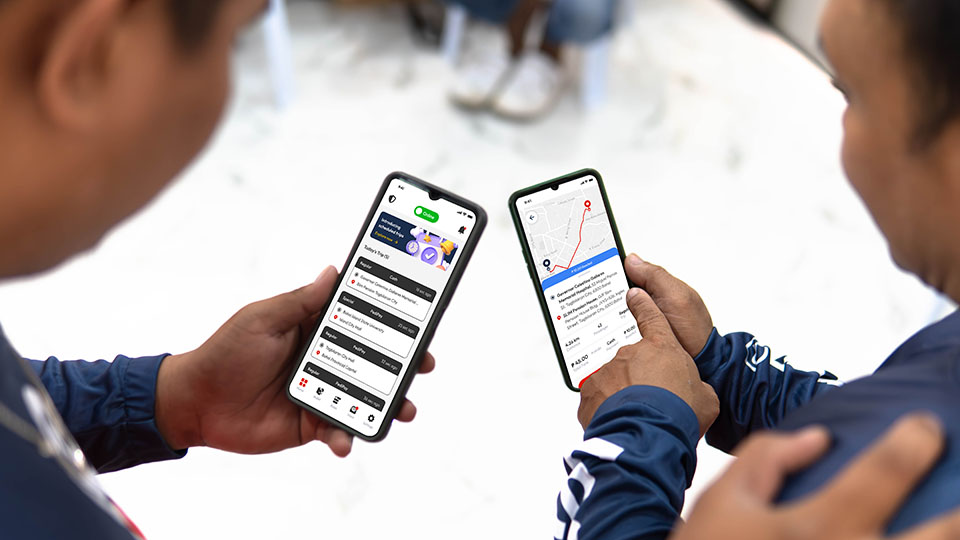Many countries are brimming with ideas to reduce our environmental impact, but inventors often lack the resources to protect their intellectual property. Two South African inventors with a passion for renewable energy explain how WIPO’s Inventor Assistance Program helped them patent their green innovations.
From instant communication to global travel, the rapid industrialization of society over the past two centuries has revolutionized the ways we live. But our carbon-intensive technologies have come at a grave planetary cost, and climate change and environmental degradation now threaten to undermine our high-tech lifestyles. Fortunately, the rise of green technology and especially renewable energy offers a way to balance continued industrial progress with sustainable living.
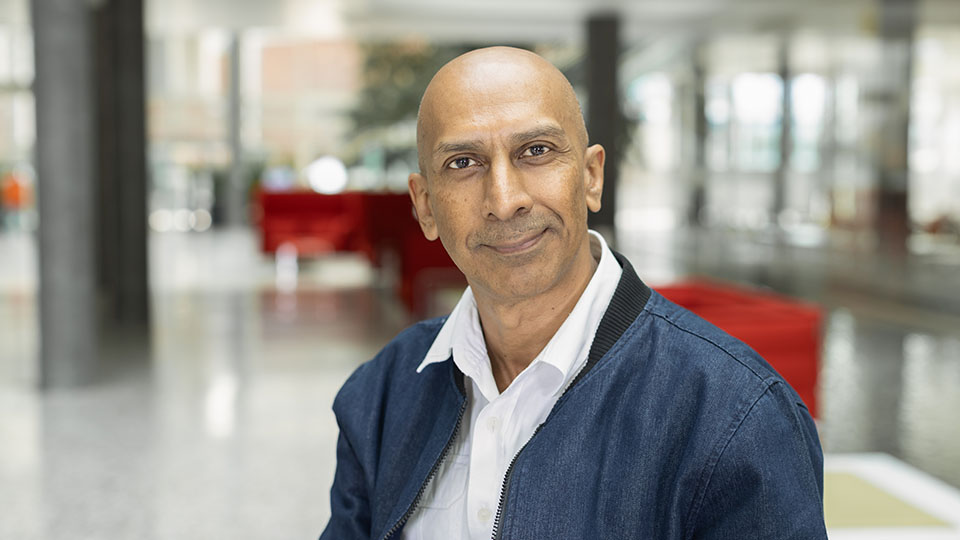
Maximizing wind power efficiency
Virendra Ramlakan, a mechanical engineer in South Africa’s eastern province of KwaZulu-Natal, is one of the many people excited by the potential of renewable energy, especially wind power. Over the last years, he has focused on ameliorating the ecological effects our planet faces, and renewable energy seemed like a good place to start to improve the state of our environment. In 2015, Virendra began studying the mechanics of wind turbines and realized current designs suffer from inefficiencies.
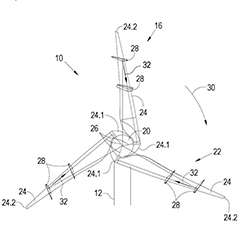
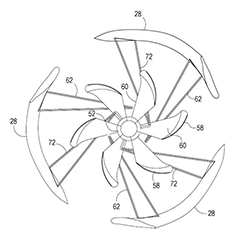
After two years of studying aerodynamics, fluid flow and momentum, he discovered a way to increase the power generated by wind turbines. Virendra’s innovation is to add small airfoils to the blades of wind turbines. As the blades spin, these airfoils generate lift, causing the blades to rotate faster and generate more power.
By maximizing the efficiency of wind turbines, Virendra’s invention makes it possible for smaller, cheaper turbines to be used without any loss in electricity generation. This is good news for South Africa, where rising turbine costs have delayed the country’s much-needed transition away from fossil fuels. Virendra also hopes that smaller turbines will reduce the risk of bird deaths, a known drawback of wind power.
IP key to protect the airfoil-equipped wind turbine invention
No patent, no protection
After developing this innovation, Virendra registered a company to manufacture his airfoil-equipped turbines. However, he quickly realized that, without any legal protection, this would expose his invention to competitors who might take his idea and beat him to the market. He therefore began researching the patenting process on the WIPO website and enrolled in a short online course on patents offered by the WIPO Academy.
Virendra also learned about WIPO’s Inventor Assistance Program (IAP). A partnership between WIPO and national patent offices, the IAP pairs inventors like Virendra with a volunteer patent attorney or agent who provides patent drafting and prosecution services free of charge. With volunteers in Chile, Colombia, Ecuador, Kenya, Morocco, Peru, the Philippines, Singapore and South Africa, the IAP helps inventors in these countries – who may lack the resources to navigate the patenting system – to patent and commercialize their inventions both at home and internationally.
Through the IAP, Virendra worked with Colin Mackenzie, a patent attorney at the law firm Adams & Adams. Colin helped with the patent drafting and patent prosecution services. Thanks to his assistance, a South African national patent for Virendra’s invention was granted in October 2022.
Converting kinetic energy generated by chutes into clean energy
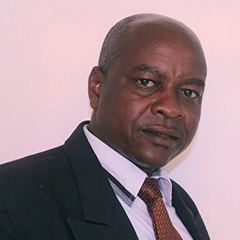
Yedwa Ndlovu also went to the drawing board with a desire to expand the use of renewable energy. A lecturer in electrical engineering at College of Cape Town, Yedwa decided to put his expertise to the test after learning about the limitations of existing methods of renewable energy generation, such as wind turbines and solar panels. This is particularly relevant in South Africa, where power shortages and blackouts have reached crisis levels in recent years. Rather than refine existing technologies, however, Yedwa looked to another form of power altogether: kinetic energy.
He gained a passion for electrical energy generation during his schooling days. As a young boy playing with battery powered toy cars, once the battery ran out, he would substitute the lack of battery by putting the toy car on a sloping surface to keep the toy car moving or let the toy car roll down the children’s slide. That led to the early realization that there is energy generated on a slope or sliding surface, that is kinetic energy. Years later, he thought of converting that kinetic energy into clean electrical energy.
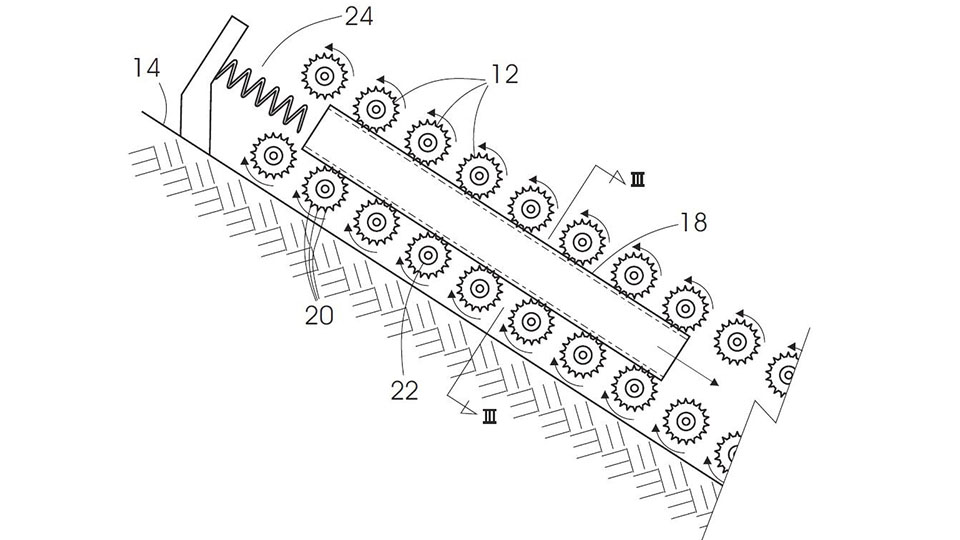
Yedwa’s invention takes its inspiration from log chutes used in traditional forestry. To this simple idea he added a series of rotors connected via shafts to electrical generators. As logs or other items pass through the chute, they spin the rotors which in turn rotate the turbines in the generators, transforming kinetic energy into electricity. Although based on log chutes, Yedwa’s invention can also be used to transport other materials such as plastic, rubber and fiberglass. As such, it may have an important place in waste management and recycling infrastructure. Yedwa also considers the future potential application of the invention to other sectors, such as the transportation industry.
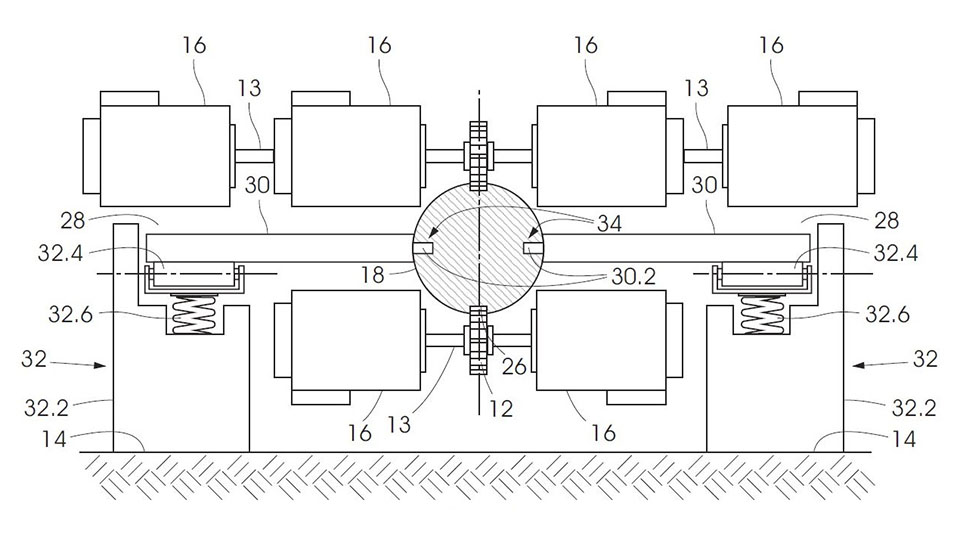
Patent drafting made easy with the help of the Inventor Assistance Program
Like Virendra, Yedwa sought the help of the IAP in seeking to patent his invention. He was paired with David Cochrane, a patent attorney at the law firm Spoor & Fisher. “David helped me with prior art searching and working with patent databases to identify the novelty of my invention,” says Yedwa. “He provided a patent drafting service, which is a time-consuming activity, and did the patent prosecution, interacting with all the relevant authorities on my behalf.”
Making renewable energy accessible in South Africa
With David’s help, Yedwa received his South African national patent in February 2023. Yedwa is now keen to work with others – whether by finding a partner, joining a joint venture or by licensing his patent – to carry out further research and development to improve his energy-generating chute.
Virendra and Yedwa would both recommend the IAP to fellow inventors. “Would-be inventors should definitely look to the IAP to assist them when they cannot afford the legal costs associated with patenting,” says Virendra. “The IAP has meant so much to me, as I can now share my invention with the world,” adds Yedwa.
They both hope, that heir invention will make a valuable contribution to the expansion of renewable energy in South Africa; contributing to the UN’s Sustainable Development Goal (SDG) 7 in ensuring access to affordable, reliable, sustainable and modern energy for all.
